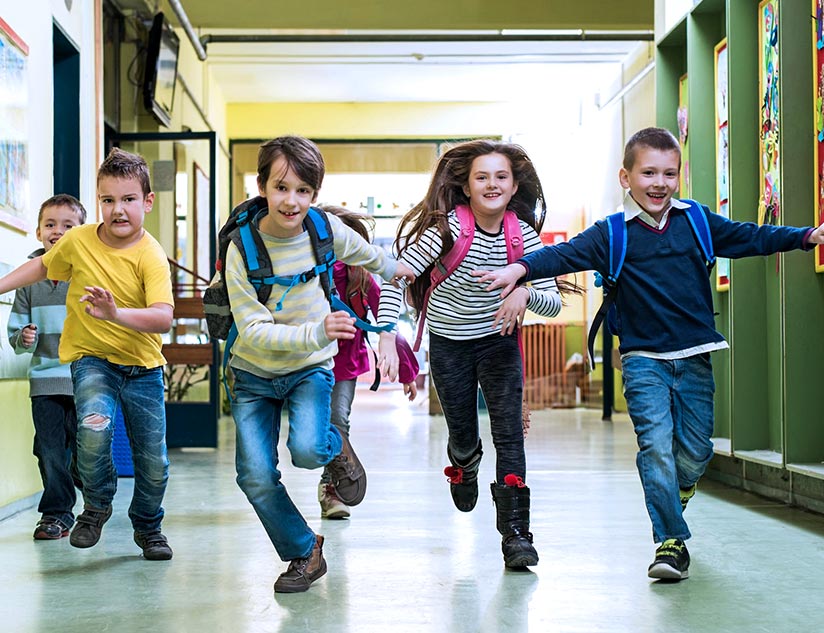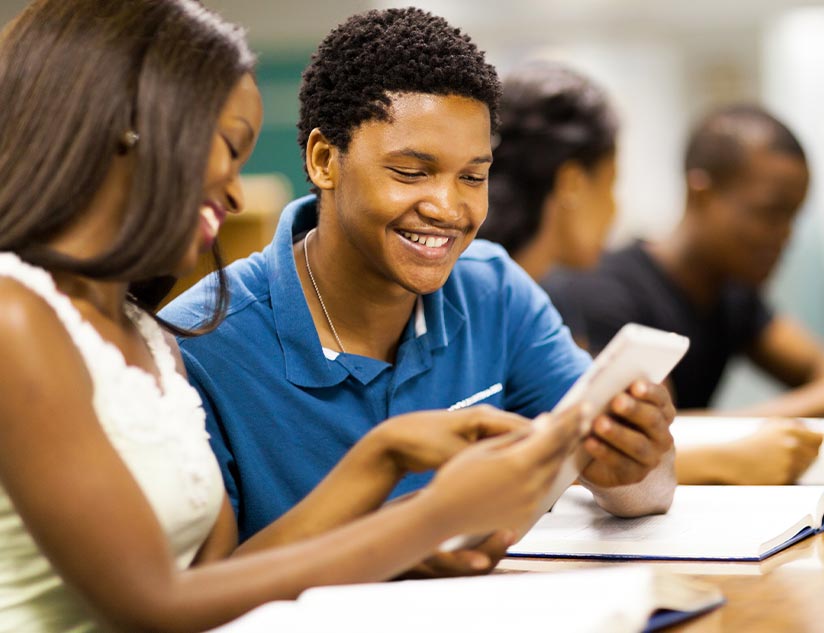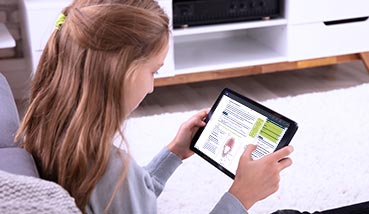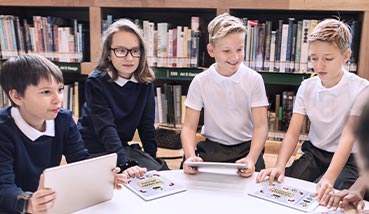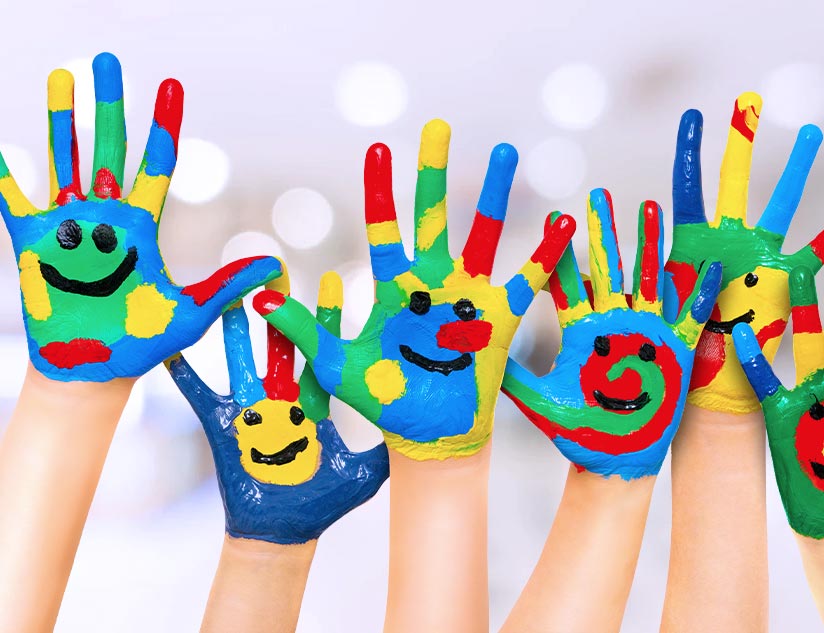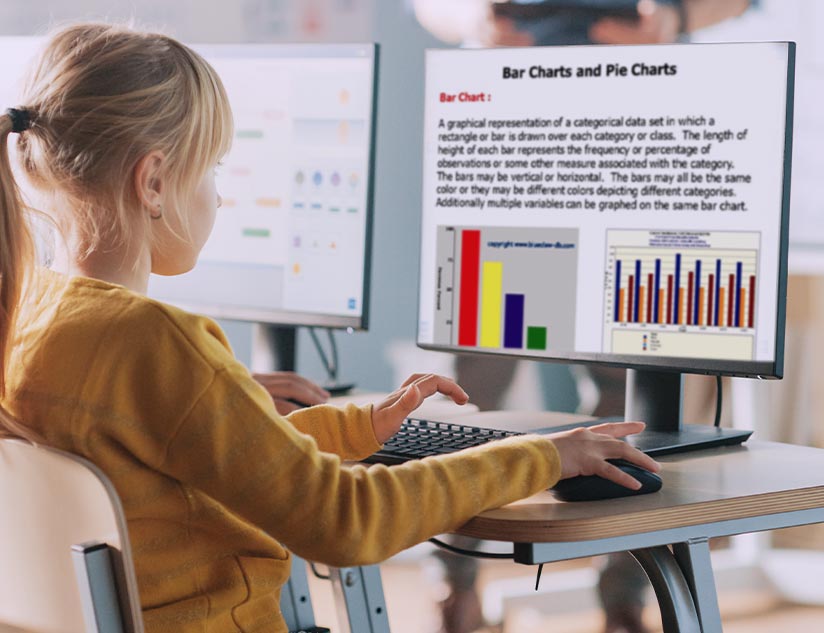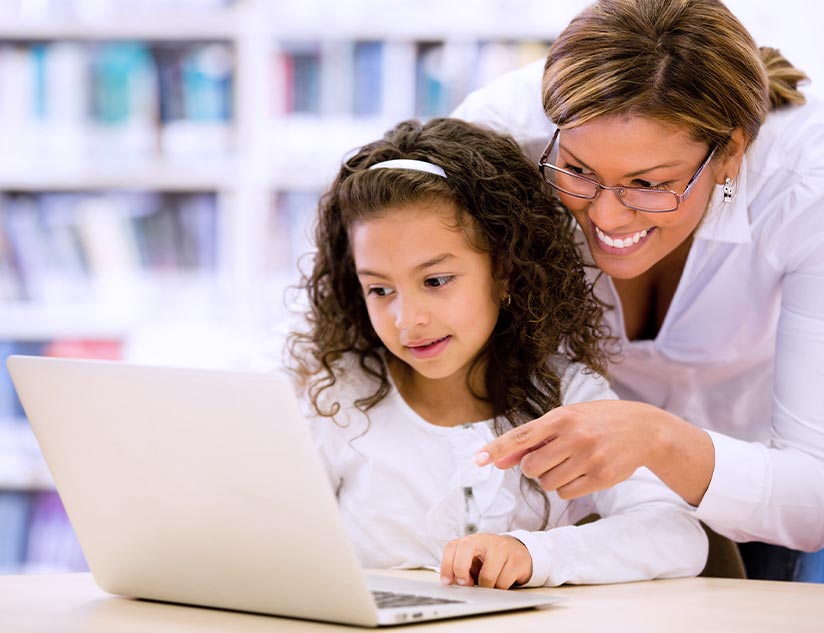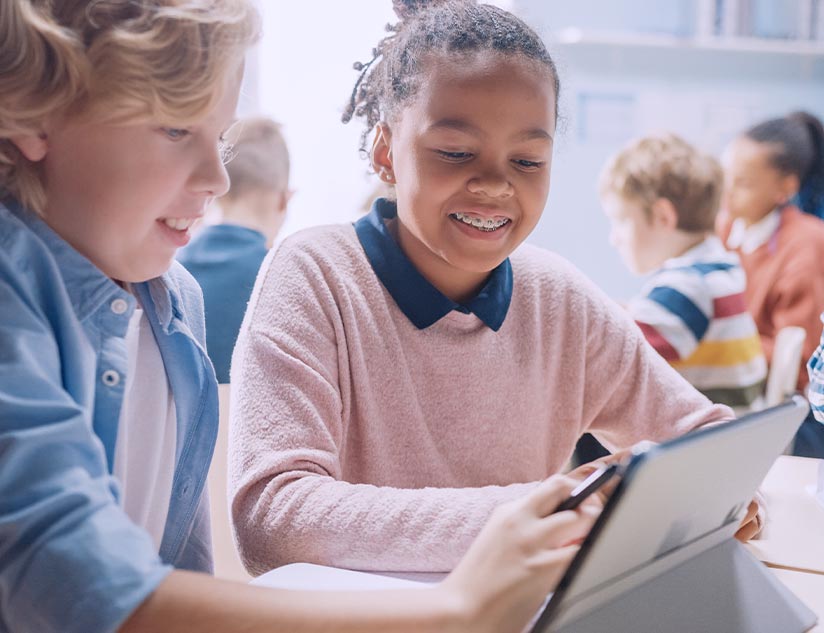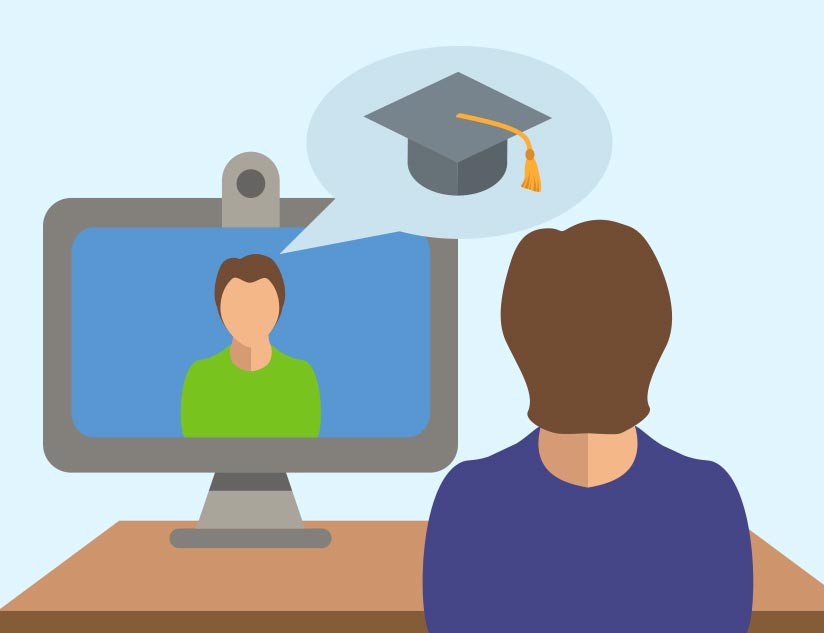The need for effective, high-quality Social Emotional Learning (SEL) has never been more dire. The last two years have left behind much more than learning gaps. Prolonged isolation has taken its toll, and learners feel a lack of connection to peers and their communities and are more prone to mental health issues. Together, these point to slower social and emotional development.
Social-emotional development goes far beyond school. At a critical age, it lays the foundation for developing a healthy identity. Students with good social-emotional skills usually do better at school and exhibit desired school behaviors.
We need SEL in our curricula to help overcome the impact of the pandemic and the lack of access to schools. And also to help students cope with the loss of a daily routine, social isolation, economic hardships, or the loss of loved ones.
How SEL Benefits Learners
The benefits of SEL are well-researched. SEL promotes positive results for students, adults, and school communities. A 2021 systematic review revealed that universal SEL interventions could improve young learners’ social and emotional skills while reducing signs of depression and anxiety in the short term. It also helps foster empathy, self-awareness, and feelings of safety and inclusiveness in the classroom, which will be necessary with schools completely reopening.
Although SEL is not a typical subject like history or math, it can be easily incorporated into a school’s curriculum. Educators can take measures to make academic lessons more personal and relatable to students while encouraging student participation.
SEL as an Effective Tool for Students
1. Creates a Safe Space for Learners
Studies show that SEL helps create a safe learning environment and prevent violent/aggressive behavior among students. It also helps reduce emotional distress, disruptive behavior in school, and drug abuse/addiction risk.
Educators need to make an effort to incorporate Social Emotional Learning in the classroom. They can start by checking in with students to see how they feel. They can also offer students a fresh perspective on how to deal with a tricky or troubling situation. It will ensure that students feel safe returning to the physical classroom, resulting in better academic performance.
2. Promotes Positive Social Behaviors
SEL helps improve academic performance and provides students opportunities to develop and practice social, emotional, and cognitive skills. Studies show that with SEL programs:
- 24% more students exhibit improved social behaviors and lower levels of distress
- 23% more students develop improved attitudes
- 22% more students demonstrate fewer conduct problems.
Thus, incorporating SEL programs into the school curriculum can have real-world benefits for learners.
3. Builds Healthy Relationships
Students need social interaction skills and self-knowledge to build positive, productive relationships with those around them. And SEL can help! SEL programs let students work collaboratively with partners and in small groups. This peer collaboration enables them to make connections, navigate social groups, and resolve problems or conflicts. These skills are all critical to their success in the classroom and beyond.
4. Helps Develop Self-Awareness
One of the five key SEL skills is self-awareness, and 99% of educators have rated it as either somewhat or very important for the learning process. Self-awareness involves understanding one’s own emotions, personal objectives, and values. It allows students to reflect on their strengths and limitations, develop positive mindsets, and inculcates a sense of self-efficacy and optimism.
SEL programs have the potential to develop this core competency among students. They can transform students into more empathetic, self-aware, and emotionally intelligent individuals.
5. Boosts Morale
SEL encourages students to shift from relying on external sources to trusting in themselves to make decisions. It demonstrates how these actions and decisions affect them and those around them. During this process, students build their self-confidence while receiving a morale boost.
6. Strengthens Decision-Making & Problem-Solving Skills
Students need decision-making and problem-solving skills in the classroom and in all areas of life. These key skill sets will help them better adjust to the post-pandemic world. SEL is key to situation-handling. It fosters the ability to make caring and constructive choices regarding personal behavior and social interactions, along with practical problem-solving in diverse situations.
How Technology Enables SEL Interventions
Technology can deliver evidence-based SEL content with fidelity. Game-based programs that enhance SEL are economical and flexible – not to mention engaging. Games open SEL programs to a wider audience, and more students are now benefiting from them.
Although the pandemic distanced educators from students, digital learning platforms helped bridge this gap. They created an open environment fueled by curiosity, creativity, and data-driven results by making remote learning more accessible and interactive. Digital tools in SEL help students work to their strengths, which will continue in a post-pandemic world.
As we established, social-emotional human connections are crucial to helping students deal with the impact of the pandemic. With SEL and a more personalized classroom experience, technology can strengthen these connections. Digital tools can also be used for assessments in SEL. For instance, digital formative assessments can show students how they can improve quickly. Educators can track learner behaviors and intervene or encourage them accordingly.
Many other forms of technology can also bolster the impact of Social Emotional Learning. For instance, devices like smartwatches can track student stress and relay that feedback to educators, who can offer an alternative option for those students. Similarly, VR and AR devices enable students to recognize better the meaning of what they are learning. As a result, they help motivate students and engage them more directly.
SEL has become a key focus for educators in the learning process. It will be even more critical once the students adjust to the new normal after the pandemic. The benefits of Social Emotional Learning extend beyond academics and into physical health, mental health, and more. It can be an effective means to promote a positive impact on schools, homes, and communities.







